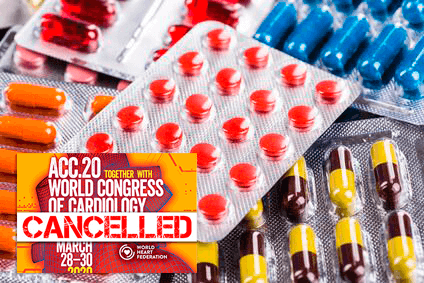In patients with peripheral artery disease undergoing revascularization, the combination of rivaroxaban (Xarelto) and low doses of aspirin are superior to aspirin alone in the prevention of acute low limb ischemic events, amputation, cardiovascular events and strokes. The outcomes of VOYAGER PAD add to the COMPASS outcomes, showing the combination of therapies can benefit risk subgroups.

Even a long time after an intervention, patients with peripheral artery disease present 4 times higher risk of acute ischemia vs patients that have never been revascularized. This higher risk will never return to baseline levels.
The VOYAGER PAD presented virtually at ACC 2020 and simultaneously published in NEJM showed rivaroxaban twice a day in addition to aspirin showed fewer events of low limb ischemia compared against aspirin alone. This difference was already apparent 3 months after randomization.
To arrive to these results, researchers randomized 6564 patients with symptomatic peripheral artery disease who had already been revascularized within 10 days prior to therapy with 2.5 mg c/12 hrs. plus aspirin 100 mg/day vs placebo plus aspirin 100 mg/day.
Read also: Virtual ACC 2020 | More data from ISCHEMIA: Women with More Symptoms but Less Ischemia.
Most patients were revascularized for pain when walking and only one fourth for critical ischemia. Two thirds had endovascular treatment and one third open surgery.
Clopidogrel was used at operator discretion in half the population.
At 28 month mean follow-up, the incidence of primary end point (acute lower limb ischemia, amputation for vascular reason, infarction, ischemic stroke or cardiovascular death) resulted 17.3% in the rivaroxaban/aspirin group vs 19.9% in the placebo/aspirin group (HR 0.85; CI 95% 0.76-0.96). This equals 1.5% absolute risk reduction at 6 months with a necessary number to treat (NNT) of 65. Over time, the absolute reduction increases and the NNT decreases.
All primary end point components saw a reduction, except for death.
Major bleeding rate in the rivaroxaban group was 5.9% vs 4.1% in the aspirin group at 3-year follow-up, which represents an absolute increase of 0.6% a year.
voyager-padOriginal Title: Rivaroxaban in peripheral artery disease after revascularization.
Reference: Bonaca MP et al. N Engl J Med. 2020; Epub ahead of print y presentado en forma virtual en al ACC 2020.





